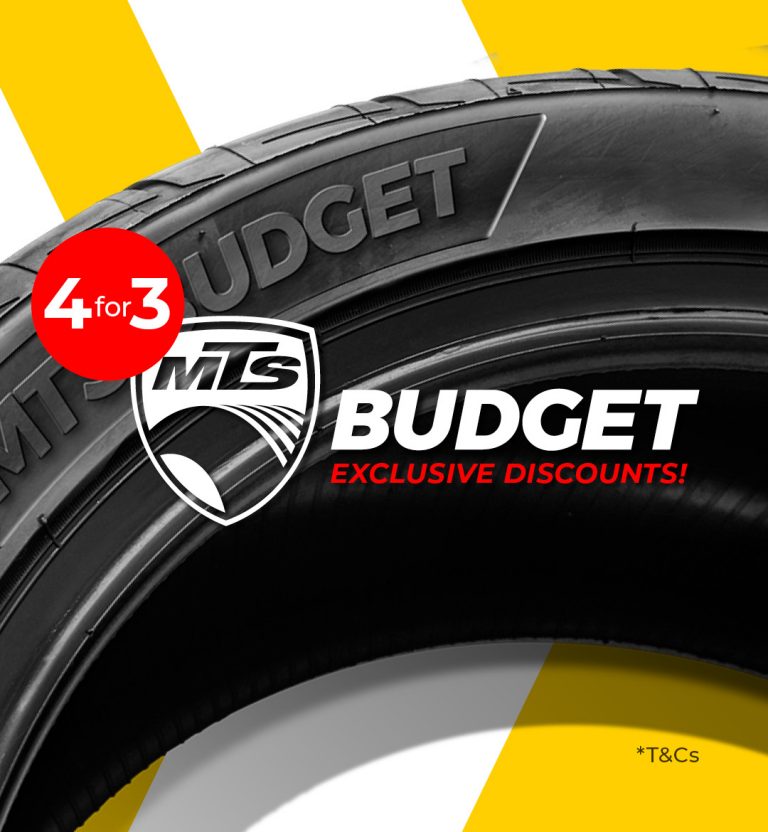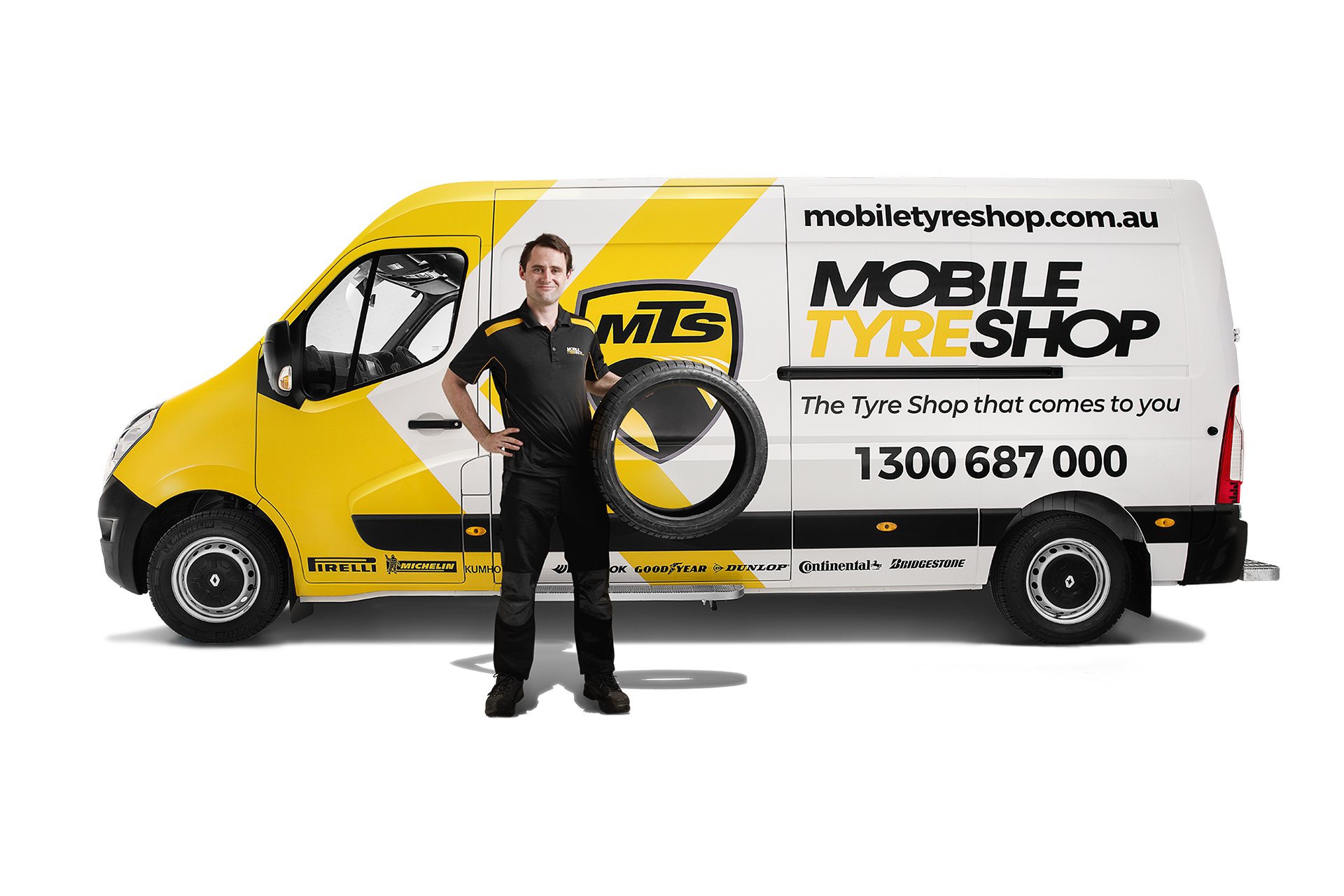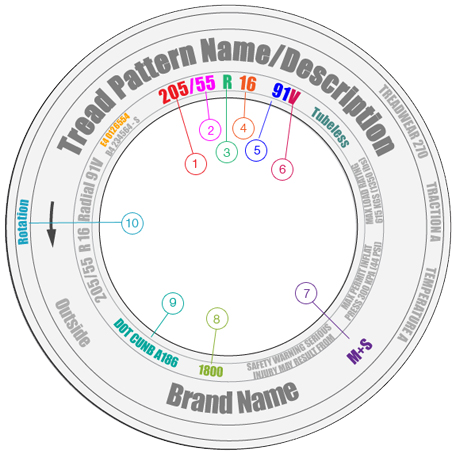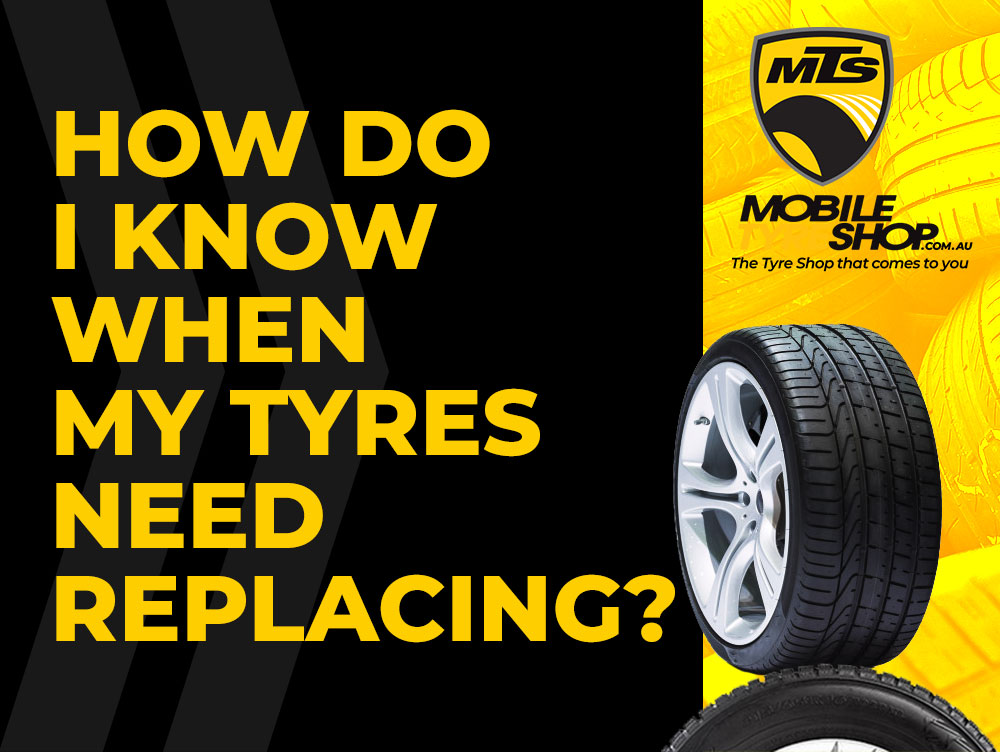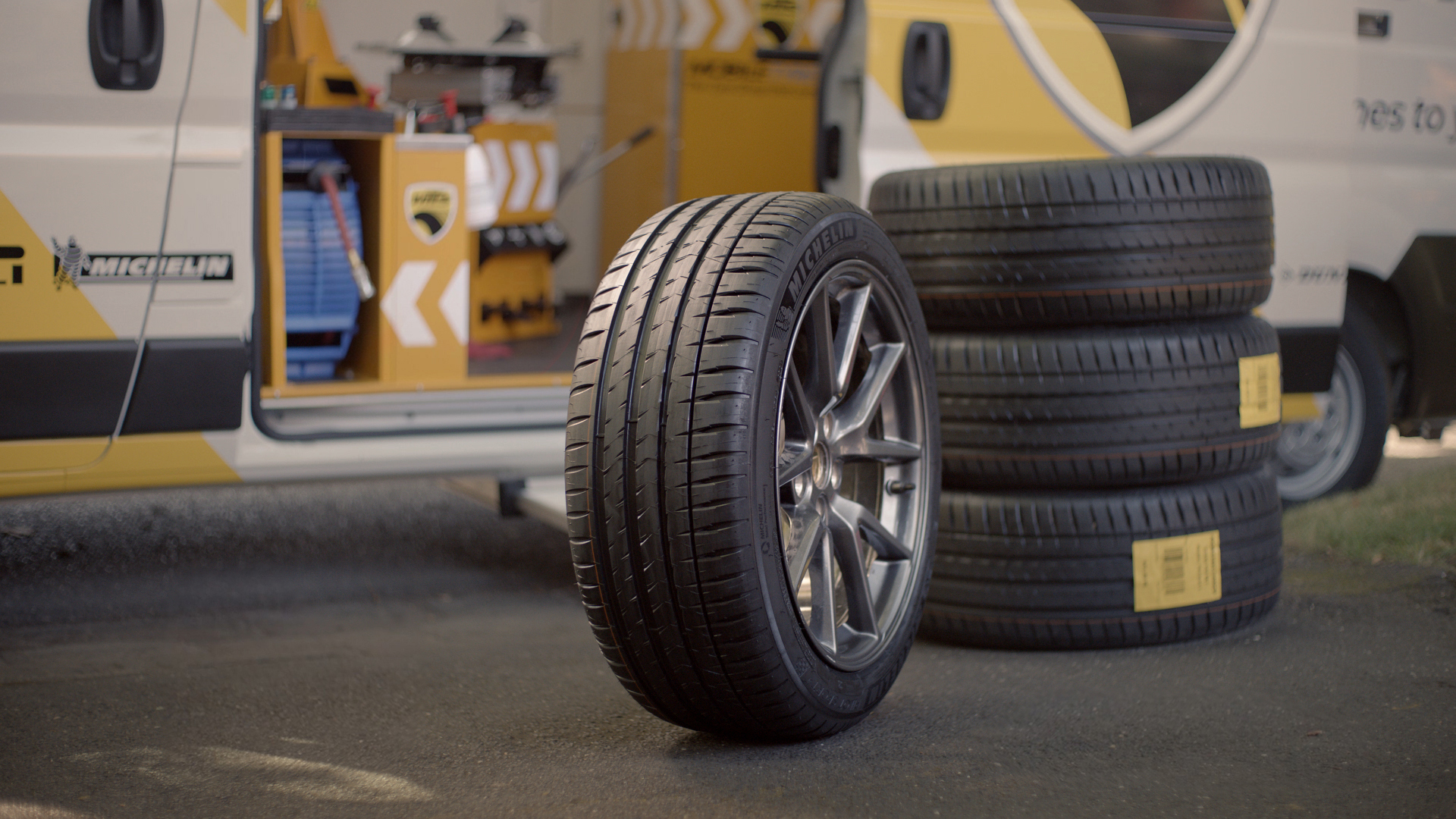How long do tyres last?
Tyres are one of the most crucial elements of your car. If you are a car owner, you need to ensure that your car tyres are roadworthy. Your car’s safety and performance are highly dependent on the condition of your tyres, As they are your primary contact points with roads while driving.
Knowing when to replace your tyres is an essential skill every car owner should possess. Having optimum knowledge about tyre condition and replacement requirements helps make you a safer driver. After being used over time, even the best tyres start wearing off and affect your car’s driving performance. Be it your car’s acceleration, braking power or turning torque, they are very important for your car’s basic functionalities.
No matter which car you drive or how new or old your car is, knowing when your tyres need replacing is an essential requirement for driving on roads.
Yes, the most powerful cars in the world also need regular servicing and replacements.
How long do car tyres last and why do tyres need to be replaced?
Even if you drive on the best roads in the world, there are multiple factors which lead to tyres needing to be replaced. Here are a few reasons which increase wear and requires sooner replacements:
Driving style
Every driver is different—acceleration techniques and locking tyres while braking is two of the mains factors defining driving styles. If the same car is driven by multiple members of a family or house, the car’s tyres are forced to adapt to different driving techniques daily.
Speed
While most roads have predetermined speed limits, high-speeds increase tyre temperature and lead to wear and damage sooner. Even if you are a careful driver, high-speed roads such as motorways can also lead wear and damage.
Bad roads
Some roads are bad for your car tyres such as off-road paths, hidden driveways or unmaintained roads,they cause tyres to get damaged sooner than your next service date. Potholes are one of the most significant road nemesis for car tyres if they come in contact with a pothole they might definitely need replacing or servicing by an expert.
Position
The position of a tyre can cause it to wear and damage faster. Front-wheel drives usually put more pressure on the car’s front wheels as compared to four-wheel drives. Getting your tyres rotated regularly helps maintain consistency in wear and pressure on all four car tyres.
Pressure
Tyre pressure plays a vital role in maintaining their health. If the inflation pressure is low or high, it can cause the tyre to damage faster.
How long SHOULD tyres last?
Mileage from tyres is highly dependent on the vehicle, driving style, and local road conditions. However here are some general tips:
- For the average set of tyres, it’s reasonable to expect that tyres last for about 40,000km.
- The average driver can expect their tyres to last 2 – 3 years.
- Drivers who treat their tyres kindly with good driving habits may be able to extend them to 80,000km while the harsher driver may only get 15,000km.
- Get them inspected every 3-4 years. When you get your car serviced, it’s best to get them inspected by the mechanic and get them to inform you if your tyres need replacing.
- No more than 10 years. If your tyres have not been replaced after 10 years, it’s best to get them replaced as they might be unroadworthy. In Australia if your tread falls below 1.5mm, it is considered unroadworthy.
To really get the most out of your tyres and maximise lifespan and performance: drive smoothly with less sudden accelerations or sudden braking; drive on smoother roads; drive in more temperate climates.
Is my tyre worn out?
Checking if your tyres need replacing consists of multiple pointers. Tread depth, uneven wear, tyre pressure, tyre alignment, leak spots, and vibrations are all key factors which determine a tyre’s health. According to Australian law, all tyres need to have a minimum of 1.5mm tread depth. Most new tyres are fitted with tread wear indicators, making it easy for car owners to keep a check on their tyre condition. These indicators are small rubber blocks placed at specific points within the tyre threads. Read our tyre wear guide for more information
Tyre wear Indicators

The tip to check if your tyre has worn out is to look at these indicators closely. A worn-down tyre’s indicators will be flat and evenly surfaced out in line with the rest of the tyre. Hence, if you see or feel a smooth tyre surface, you probably need to get your tyre replaced.
Tyre treads are essential in keeping your car’s grip on wet and slippery roads. Avoiding a tyre replacement in this scenario could be dangerous.
Another reason to replace your tyres is tyre moisture and oils. With age tyres lose their suppleness as the oils evaporate. Even if a tyre is not damaged, it is recommended to replace your tyres every five years due to the loss in moisture.
You can calculate the age of your tyre by reading the 4-digit number on the tyre. The first two digits represent the number of the week, and the last two represent the year of manufacturing. For example, if the stamp is “2107” – it means it was manufactured on the 21st week of 2007.
What causes tyre damage?
Multiple on and off-road situations lead to tyre damage. Here’s a list of common types of damages and their causes:
- Run-flat damage: Impact after the tyre continues to be in use after a puncture.
- Sidewall Bulge: caused when the side of the tyre has rubbed against a curb and caused a separation of the internal layers that make up the sidewall of the tyre.
- Sidewall Bulge Due to Impact: Impact on the tyre after running over a sharp object or pothole, and when the inflation pressure is low.
- Sidewall/ Shoulder Cut: Impact after driving over a sharp object.
- One-sided Tread Wear: Caused by defective wheel alignment.
- Wavy Tread Wear at Shoulder: Impact caused by defective suspension, loose or pitted bearings, and defected rotating parts.
- Tread Burst: Caused by a sudden impact or by driving over an object at high speed.
- Mounting/ Demounting Damage: Impact on tyre caused by improper usage of mounting and demounting tools and techniques.
How to maximise the lifespan and performance of your tyres?
Here are a few ways you can maximise the lifespan of your car tyres:
- Drive carefully and stay cautious about random objects
- Maintain proper inflation pressure
- Check your tyre pressure weekly
- Stop driving if you feel a tyre is punctured
- Call professional tyre fitters to ensure proper mounting safety
- Reduce driving speed on bad roads, speed breakers and potholes
- Get your tyres rotated regularly
How do I inspect a tyre?
Your tyres are your point of contact with the road. We highly recommend you to inspect your tyres regularly to avoid damages or safety hazards.
Here’s a basic tyre inspection checklist:
Check tread depth
Regularly checking your tread depth will help you assess whether your tyres need replacing or not. You can do this by inspecting the TWI or tread wear indicator. This is a bar on every tyre next to the letters “TWI”. If your tread is worn down to the level of the letter, it’s time for a tyre replacement.
If TWI sounds complicated, you can also perform a coin test on your tyres. Place a 20 cent coin into the tyre groove – if the tread does not reach the bill of the platypus, it’s time to get your tyres replaced.
Inspect sidewalls
Gravel, debris and bad road conditions cause tyres to wear down. Regular sidewall checks are crucial to note cuts, bulges and other damages.
Adjust tyre pressure
The best time to check your tyre pressure is in the morning as it is cool. You can find the accurate tyre pressure details bolted to your car’s door frame. Both over or underinflation causes wear and damage, so be very careful.
Assess wheel alignment
If you notice the car is drifting to one side while driving it’s probably because of improper wheel alignment. Even a wobbly steering wheel is a sign to take your car to professional fitters for alignment and servicing.
Check your spare
Be prepared for emergencies by keeping a check on your spare’s inflation pressure and damages. It’s best to replace spare tyres after ten years, even if they are not damaged.
Can I use a spare tyre on a day-to-day basis?
No.
We do not recommend daily usage of spare tires as they are not designed for long time service. Temporary spares are made solely to get your car to the garage or service centre to get your main tyre repaired or replaced.
Spare tyres are not designed to sustain road conditions for an extended period. Constant usage can lead to more significant mechanical damages to your car’s differential – the part which allows rotation. Replacing a differential will cost you way more than a simple tyre replacement.
Also, be careful while driving with a spare tire. Driving on high speeds can cause tyre failure, differential damage and diminished breaking capacity.
If your primary tyre is completely damaged, you definitely need to get your tyre replaced as soon as possible. At Mobile Tyre Shop, we stock a range of tyres including:
If you are not sure whether you need new tyres or need a replacement contact us or call us on 1300 687 000 and one of our Tyre Specialists will be happy to assess your tyre condition and provide you with a proper quote and analysis.









